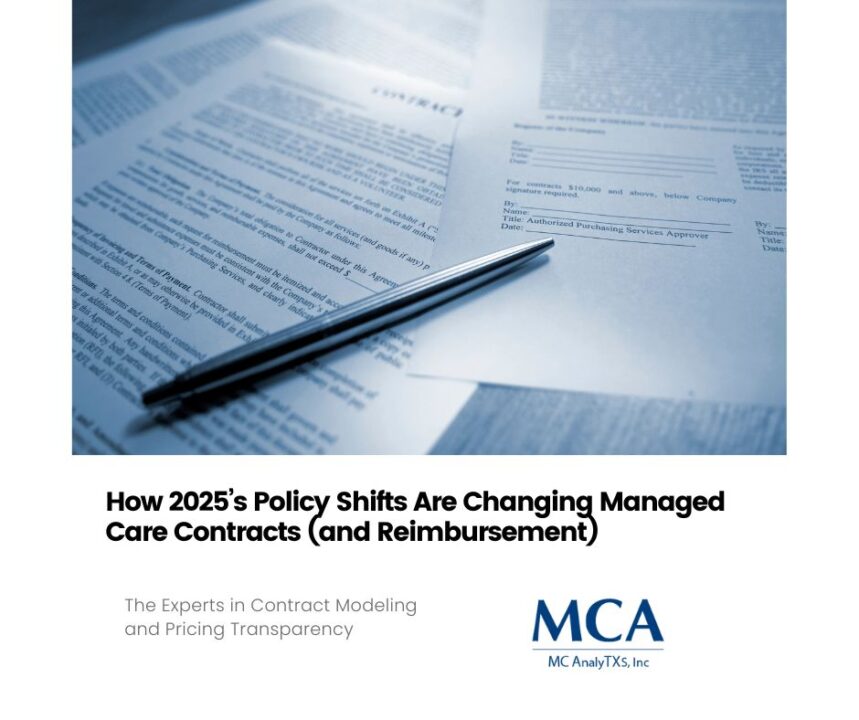
A Comprehensive Guide to Understanding the Value-Based Reimbursement Model
December 29, 2023
The Future of RCM: Top 2024 Predictions
January 3, 20242023 has been an eventful year for healthcare organizations as they continue to navigate through the pandemic and stay up to speed with the ever-evolving industry trends while also keeping up with the patient experience. As healthcare leaders, you have already braced yourself for the new challenges. And now that the holiday season has come to an end, it’s time to start preparing for 2024. To ensure that your organization remains on top of the revenue cycle game, it’s important to set new revenue cycle management goals that align with your organization’s overarching objectives. Let’s dive into some strategic revenue cycle goal-setting.
Revisit Your Previous Year’s Goals
Before setting new goals, it’s essential to evaluate your performance in the previous year. This evaluation helps determine where you stand in achieving your goals and how to set more realistic targets for the impending year. Analyzing your previous year’s successes and shortcomings will help you understand where you need to focus.
Prioritize Improving the Patient Experience
In today’s healthcare industry, enhancing the patient experience is a top priority. Patients expect their healthcare providers to offer top-notch healthcare technology and efficient healthcare processes. As such, we recommend emphasizing enhancing patient experience and streamlining revenue cycle management.
Utilize Robust Revenue Cycle Technology
Using robust healthcare technologies to streamline revenue cycle management is one of the most effective revenue cycle goals. Advanced healthcare technology like automated payment posting, real-time eligibility verification, and claims scrubbing help save time, reduce claim denials, and improve overall revenue cycle management efficiency.
Implement Revenue Cycle Staffing Optimization
Optimizing your revenue cycle staffing is another great goal to set. By identifying staffing inefficiencies, you can optimize staffing needs and reduce labor costs, improving your organization’s revenue cycle management.
Monitor Key Performance Indicators
Monitoring key performance indicators (KPI) is an essential aspect of revenue cycle management. It not only helps identify operational inefficiencies and problem areas but also helps in providing a clear picture of where improvements are necessary. A few essential performance indicators to track include payment velocity, gross collection percentage, and days in accounts receivable.
Conclusion:
To wrap up, successfully setting and achieving revenue cycle management goals is integral in running a successful healthcare organization. Revisiting the previous year’s goals, improving the patient experience, utilizing robust revenue cycle technology, implementing revenue cycle staffing optimization, and monitoring key performance indicators are five essential goals to focus on in 2024. As you prepare your organization for 2024, remember to strike a balance between short-term and long-term goals that align with your organization’s overall objectives. Be strategic and find ways to leverage technology to bolster your revenue cycle management goals and streamline your operations for healthcare excellence.
To learn more join our upcoming webinar Thursday, January 18th at 1 pm CST.





